Media
The Kathmandu Valley – Things To Do & See
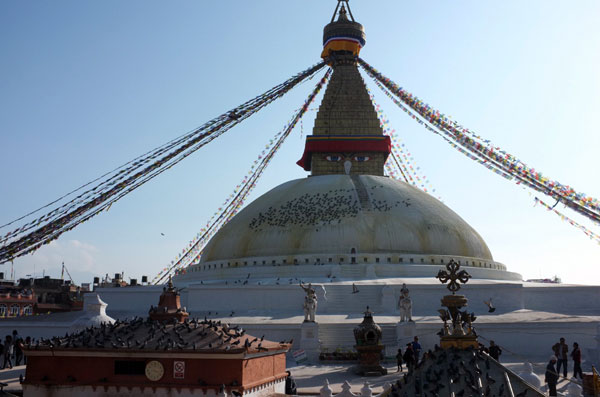
The Kathmandu Valley has at least 130 important monuments, including several pilgrimage sites for Hindus and Buddhists and UNESCO World Heritage Sites. All these sites, they are like open museum. The valley is literally full of medival villages, centuries-old temples and sacred sites. Just beyond the valley rims lie Himalayan viewpoints and adventurous roads to Tibet.
1. Nagarkot
Nagarkot is a village located 32 km east of Kathmandu, Nepal. Nagarkot is perhaps the best place to view the Himalaya compared to Dhulikhel and Kakani. On a clear day, you could have an amazing panorama view of the Himalayan range of mountains. The scenery is just stunning, breathtaking and heavenly.
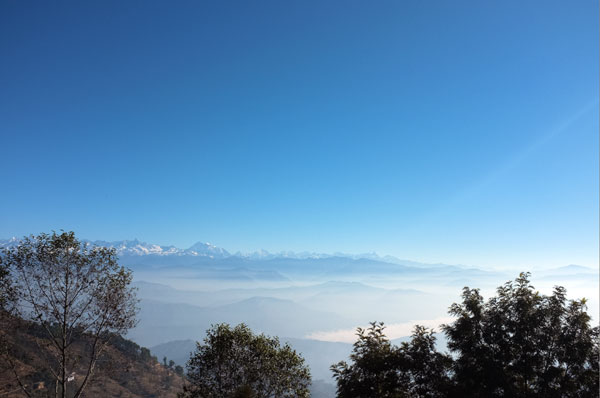
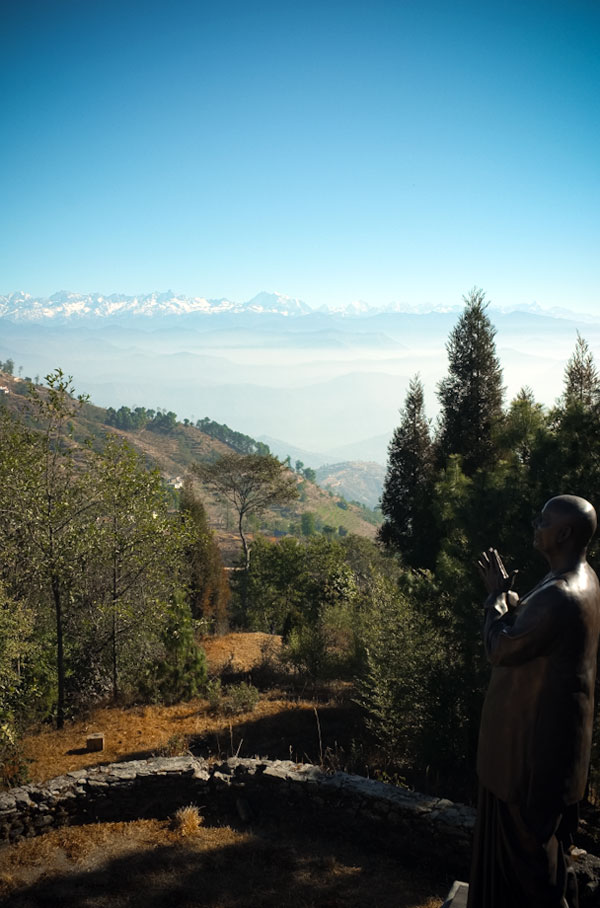
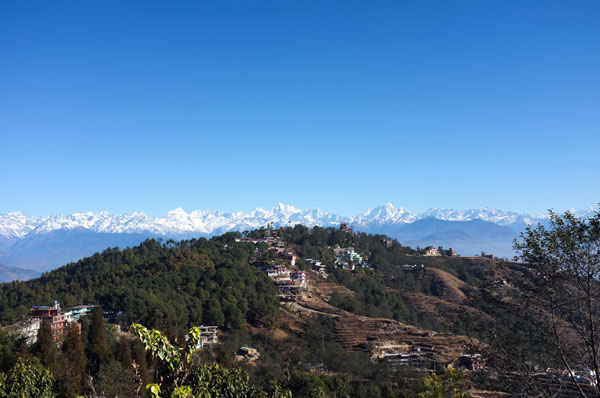
2. Bhaktapur
Bhaktapur is known as Khwopa in local Newari tongue. The cultural capital of Nepal, Bhaktapur’s history goes back to the early 8th century and it used to be the capital city of the whole Nepal until the 12th to the 15th century.
Bhaktapur is a “living heritage” or “living museum” displaying the vibrant depth of Newari culture. Admiring the preservation efforts of this cultural city, UNESCO honoured it with “The First Honourable Mention” for the Asia-Pacific region in 1998/99.
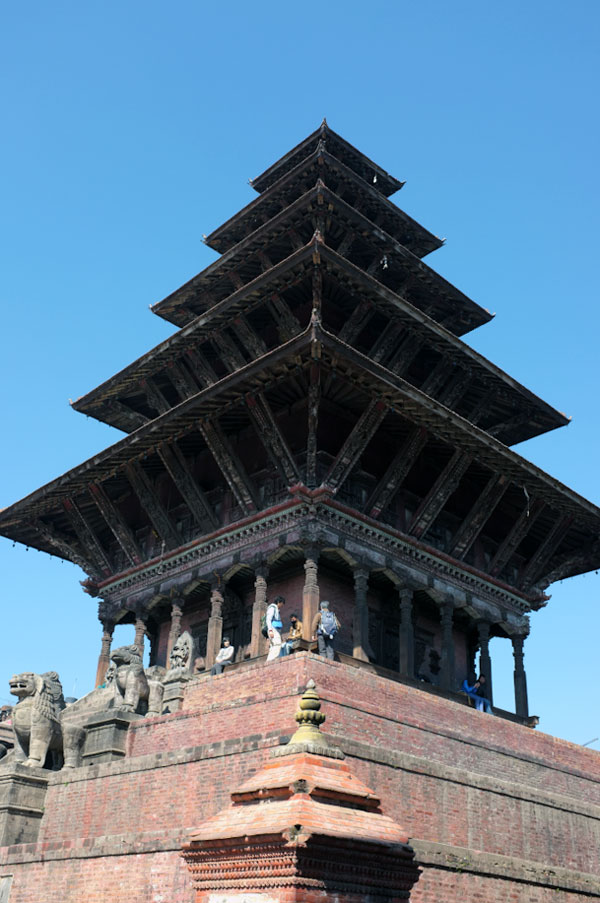
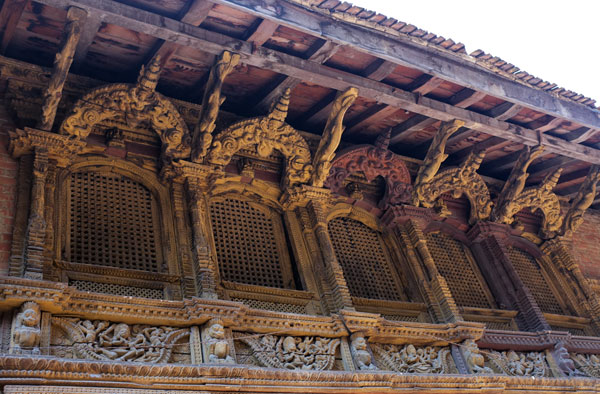
Bhaktapur Durbar Square is the main square of the city. It is a conglomeration of stone art, metal art, wood carving and terracotta art and architectural showpieces. Taumadhi is the next important square of the city where the best example of engineering and architecture of multi roofed temples and rectangular temples can be observed. Dattatraya Square is the oldest part of the city which is also an open museum, especially for wood carving.
In Pottery Square, many potters can still be seen working with their traditional wooden wheels for giving various shape and size to clay.
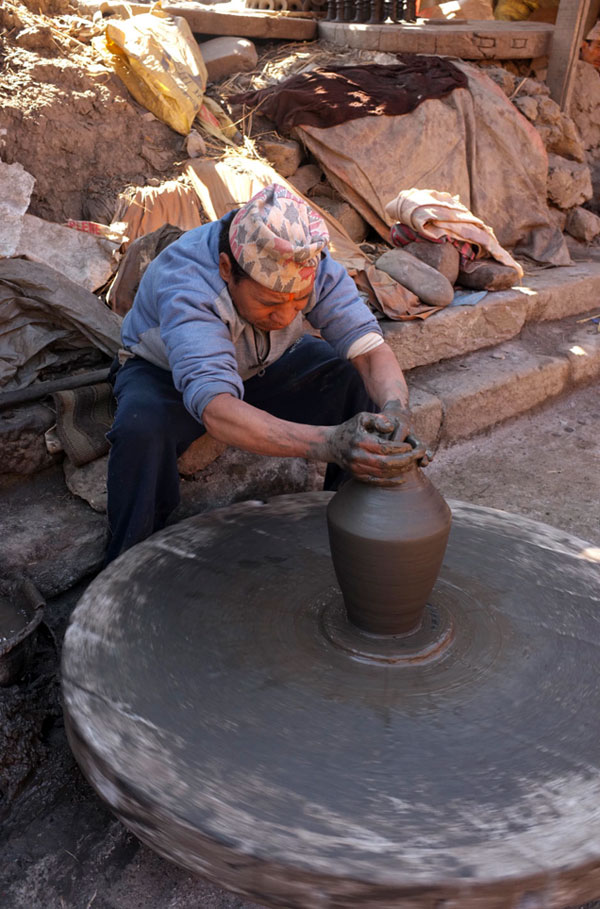
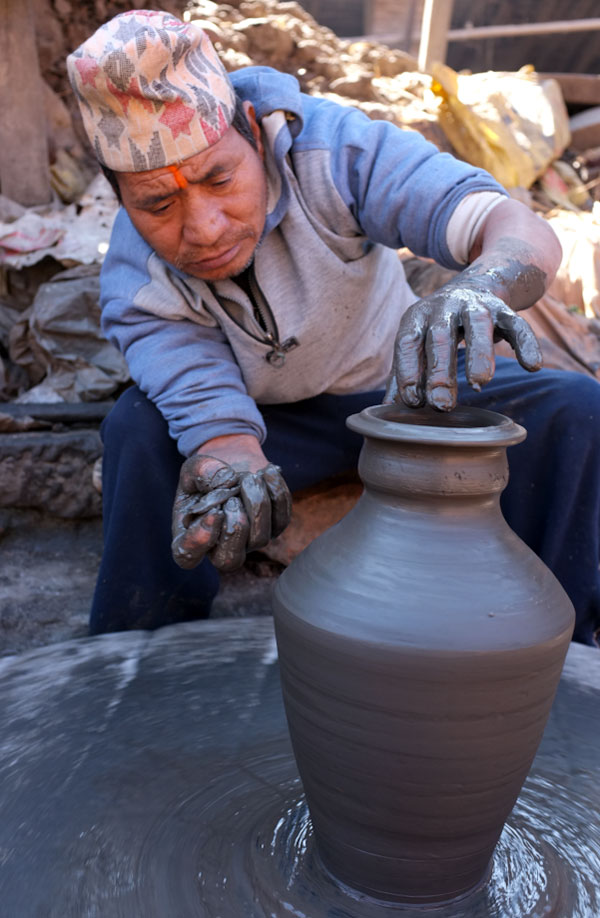
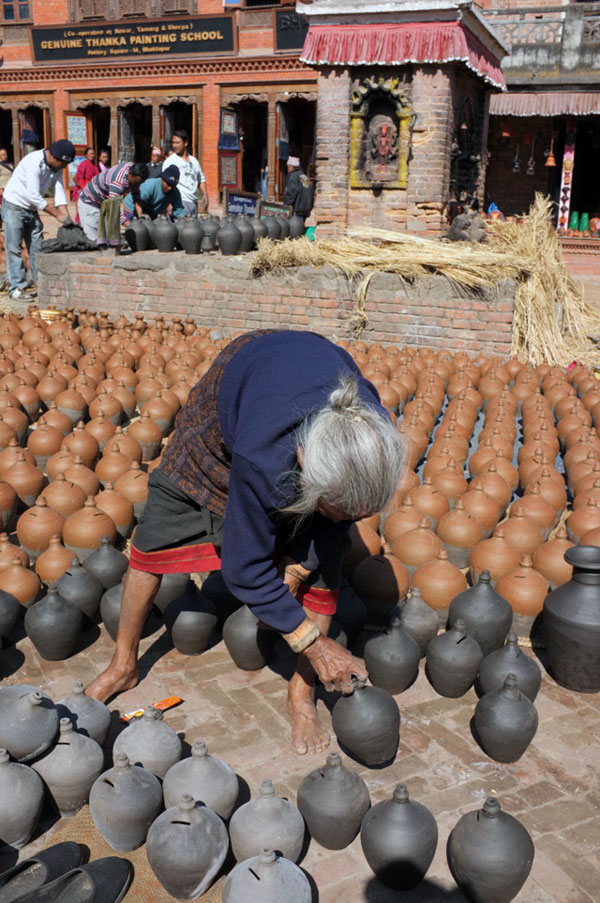
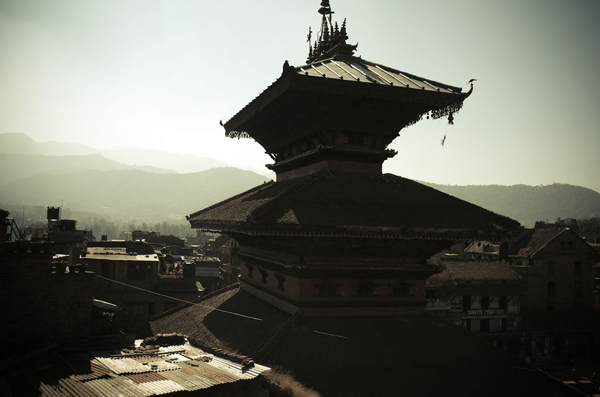
Taking time wandering around the squares is probably the best way to witness daily lives of the locals. Around Durbar Square and Taumadhi Square are many restaurants and cafes to choose from. Get one with rooftop sittings to get the best view of Bhaktapur (though not ideal for food photography because of the strong ray of sunshine!).
While soaking up the beauty of this historical place, sampling some Nepalese dishes like momo (steamed dumplings), chicken omelette (I don’t remember the name!), curry and the best of all “king of curds” (juju dhau) – it is the richest, creamiest and tastiest yogurt in the world!
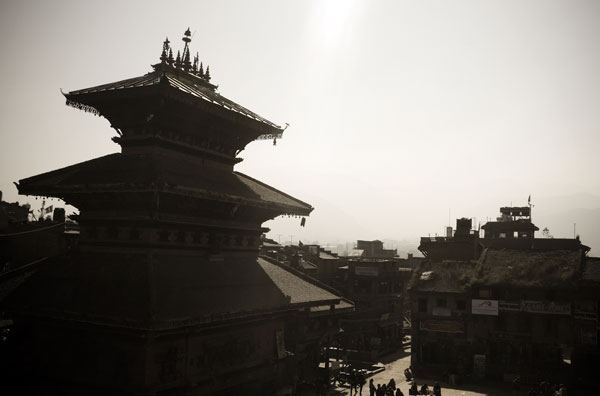
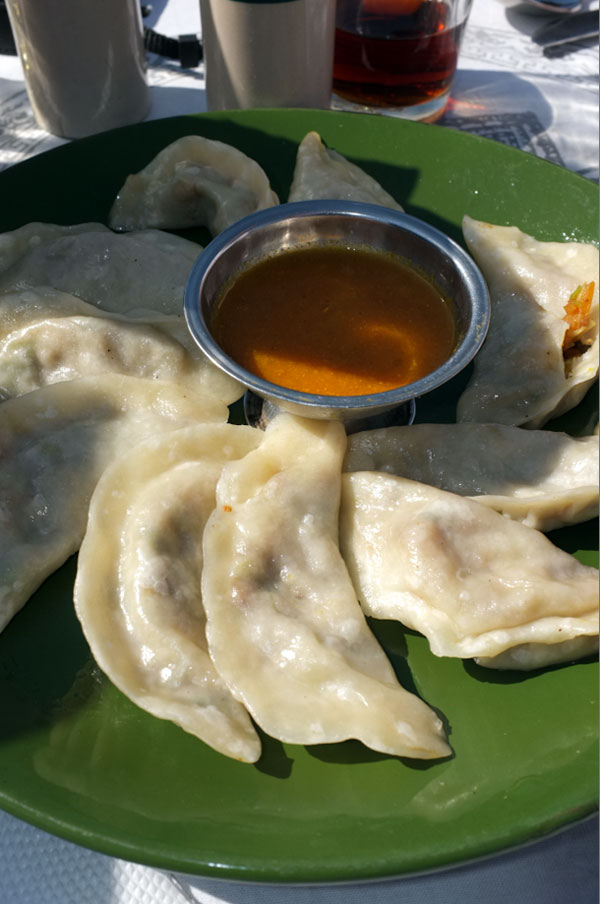
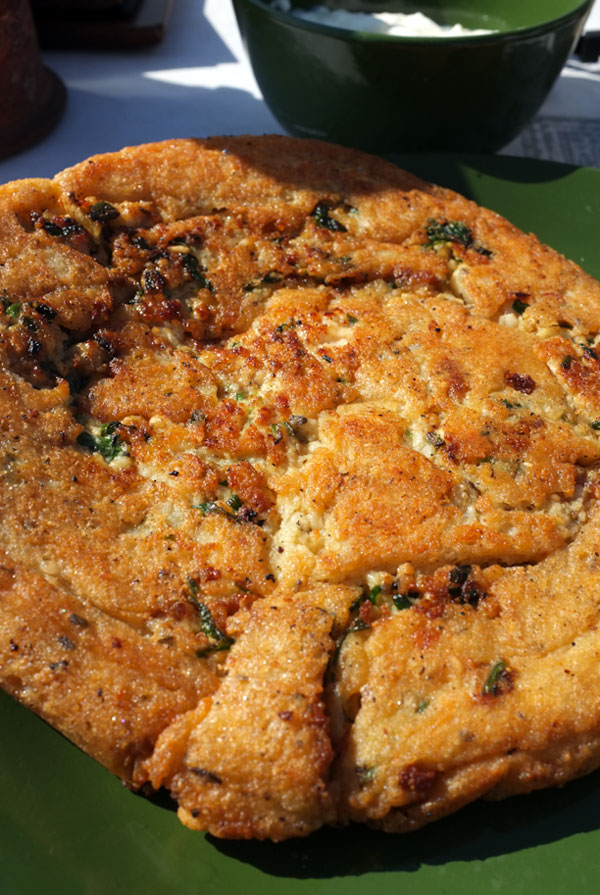
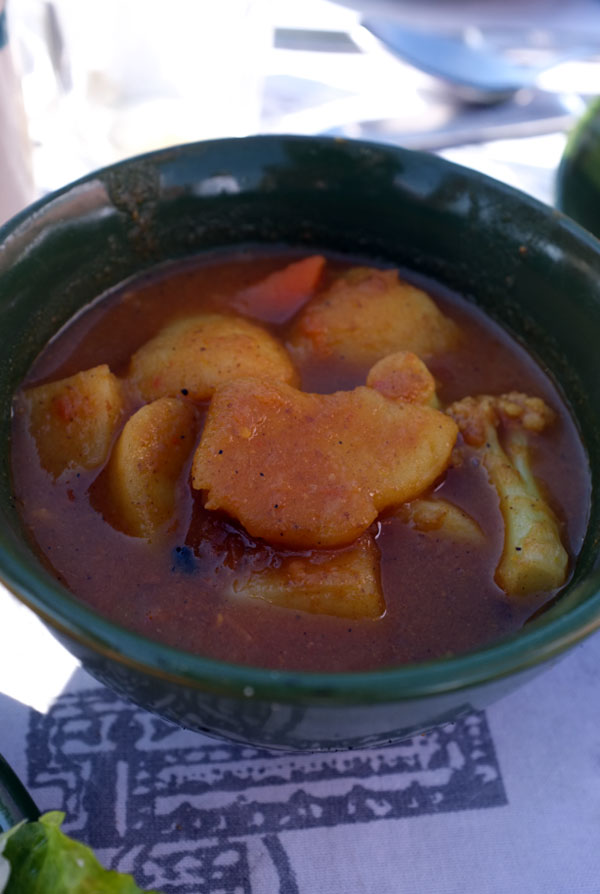
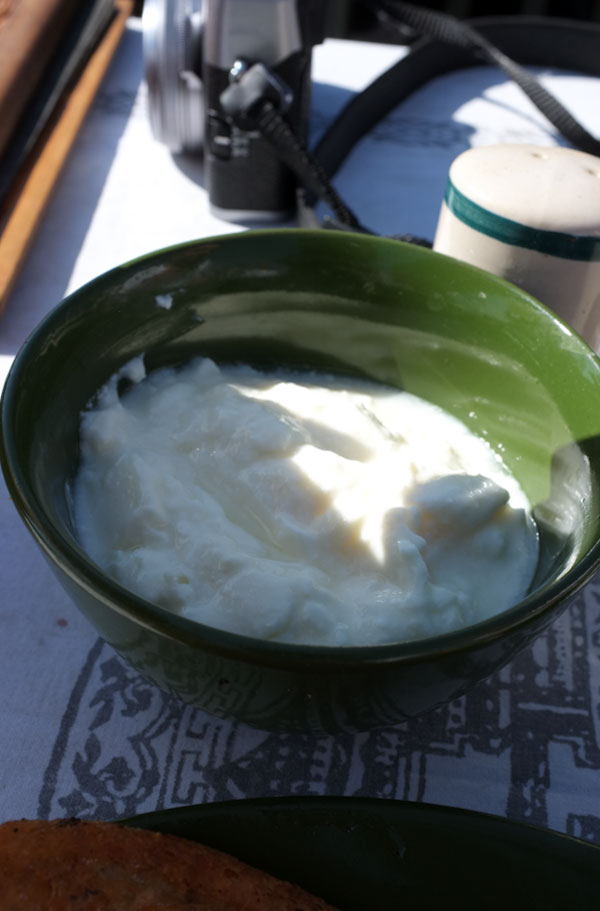
3. Swayambhunath
Swayambhunath is an ancient religious temple on top of a hill, also known as the Monkey Temple as it is mobbed by monkeys. It is also among the oldest religious and also one of UNESCO World Heritage sites in Nepal.
There is a stupa, also a variety of shrines and temples. The stupa is topped by a gilded spire painted with the eyes of the Buddha, the dome was re-gilded using 20 kg of gold.
We went there early in the morning when the local devotees make a ritual circumnavigation of the stupa and spinning the prayer wheels. A journey up to this Buddhist temple is definitely a great experience of Kathmandu.
Swayambhunath from My Cooking Hut on Vimeo.
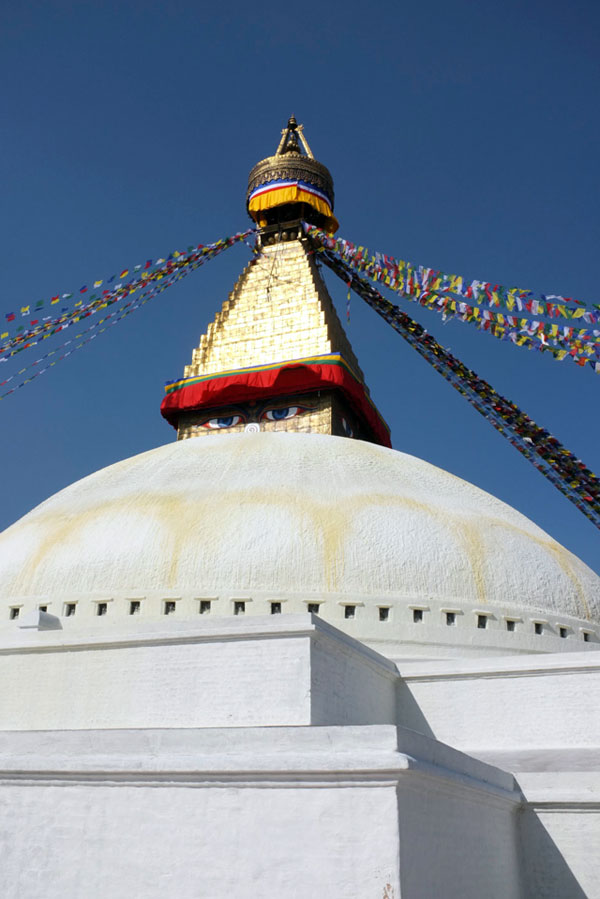
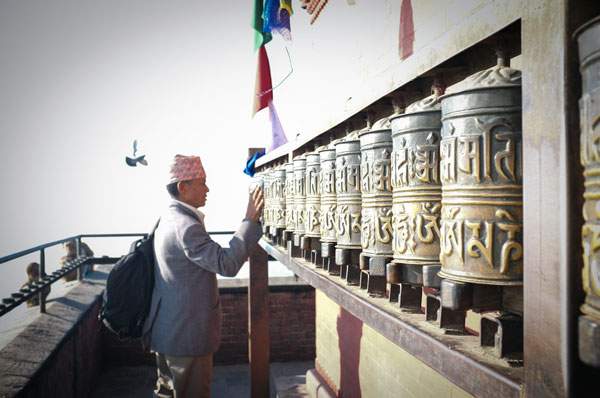
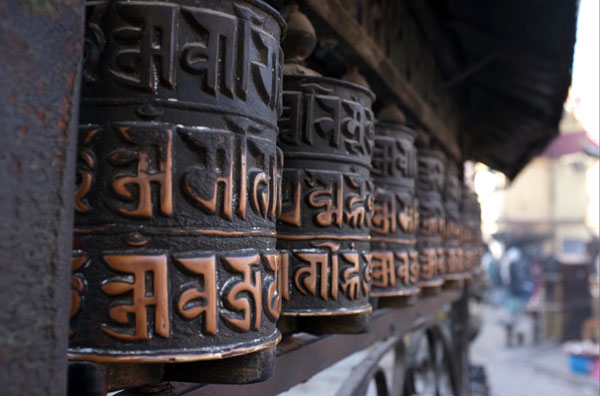
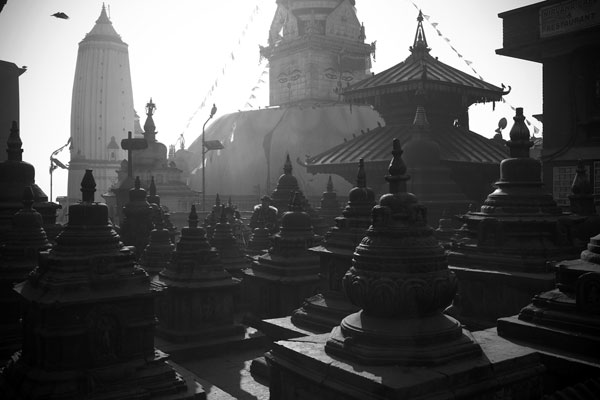
4. Patan
Patan is also known Lalitpur. It was once an independent Newar kingdom before the present dynasty took over, is best known for its finest traditional crafts and rich artistic heritage. It is surrounded by four big stupas – one at each corner of its cardinal points.
These monuments are said to have been built by the Indian Emperor Ashoka when he came to Kathmandu Valley on his pilgrimage tour some 2,250 years ago. The most important monumental centre of this city is of course, Patan Durbar Square, which is a UNESCO World Heritage Site.
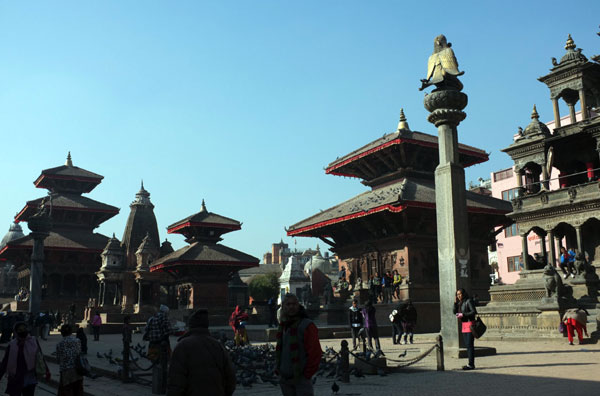
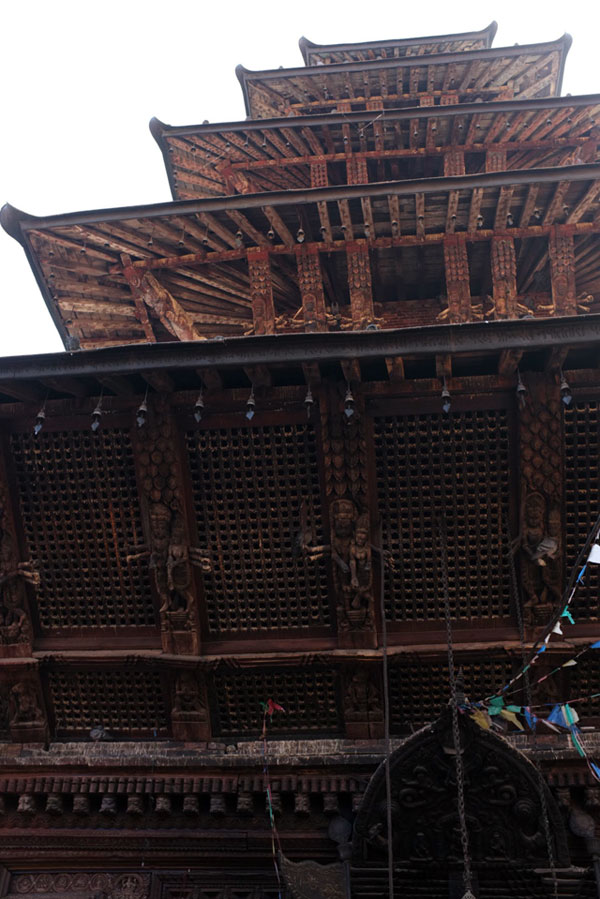
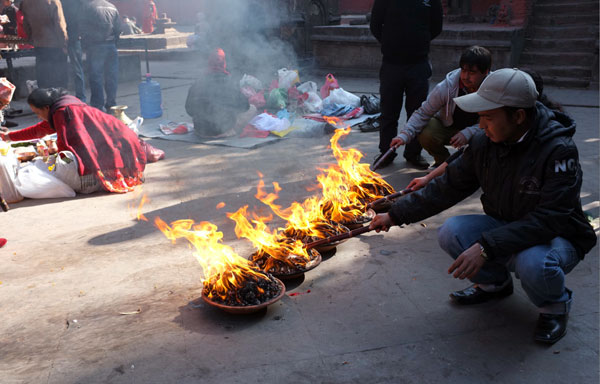
Krishna Mandir is the temple of Lord Krishna built in the 17th century by King Siddhi Narsingh Malla, holds a commanding position in the Durbar Square of Patan. The temple is all made in stone with 21 golden pinnacles.
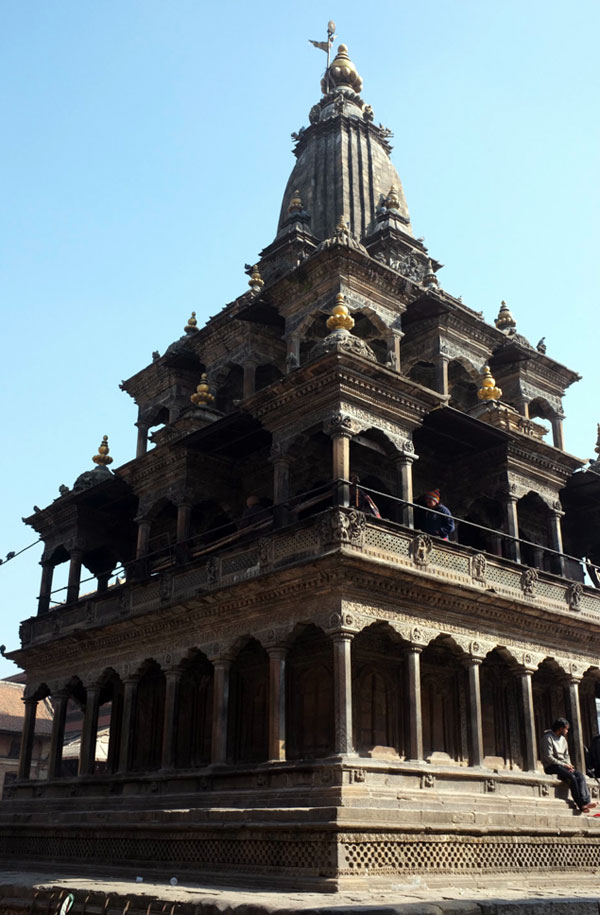
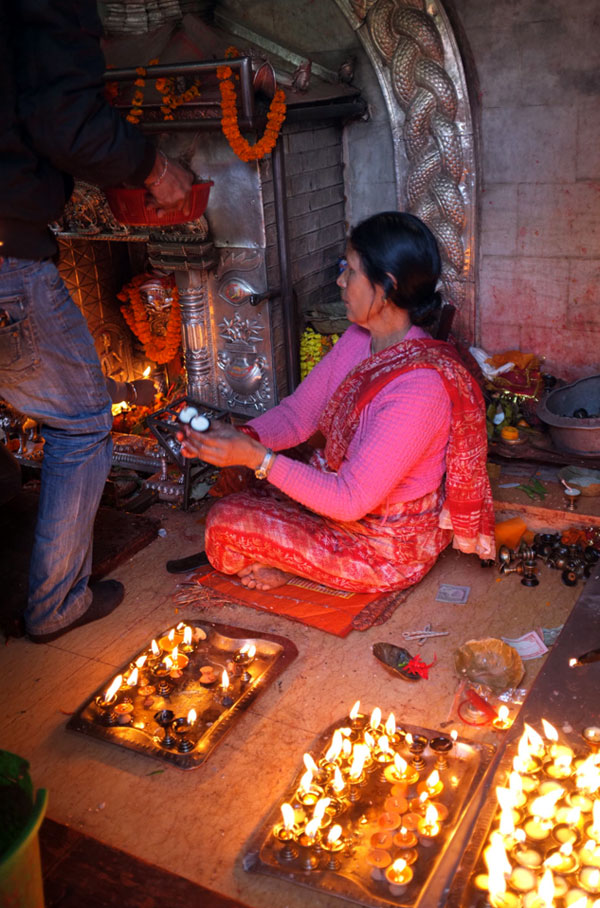
It was here that I took a glimpse of Kumari, a ‘living goddess’. A Kumari, meaning virgin in Nepalese, is a young prepubescent girl, considered by devotees to be incarnations of the Hindu goddess of power, Kali. Upon reaching puberty a Kumari will be considered ritually unclean and thus lose her title. She is not allowed to go to school, play outside or even touch her friends, as these thing, too, would make her unclean.
The process of finding a Kumari is a complex process – candidates must possess a neck like a conch shell, a body like a banyan tree, eyelashes like a cow’s, thighs like a deer’s, a chest like a lion’s and a voice as clear as a duck’s. In addition, girls must be in perfect health, have no blemishes, very black hair and eyes, and dainty hands and feet. Once selected, she participates in ceremonies to cleanse her body and spirit. Then, she will wear in traditional red garments and her forehead will be painted with a “fire eye”.
Photography wasn’t allowed, so the glimpse was indeed an experience to see Kumari in real.
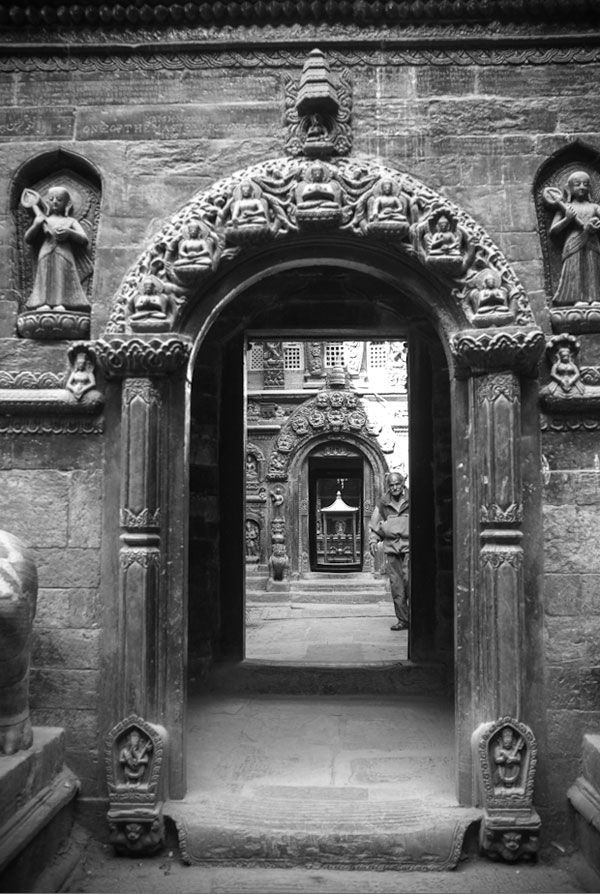
5. Pashupatinath
The most important Hindu temple in Nepal is located in Pashupatinath on the banks of the holy Bagmati River. It is dedicated to a manifestation of Shiva called Pashupati (Lord of Animals). Devotees comes from different places to be cremated on the banks of this holy river. It immediately reminds me of what I saw on the TV of Varanasi by the Ganges River. Quite strange to see this with my own eyes.
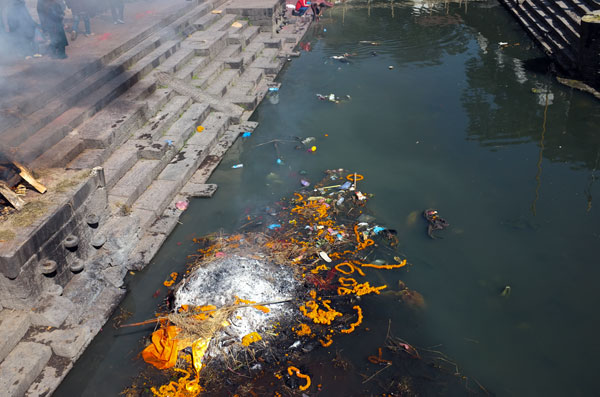
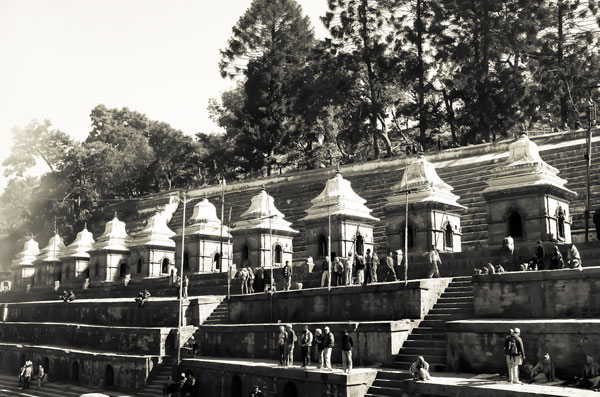
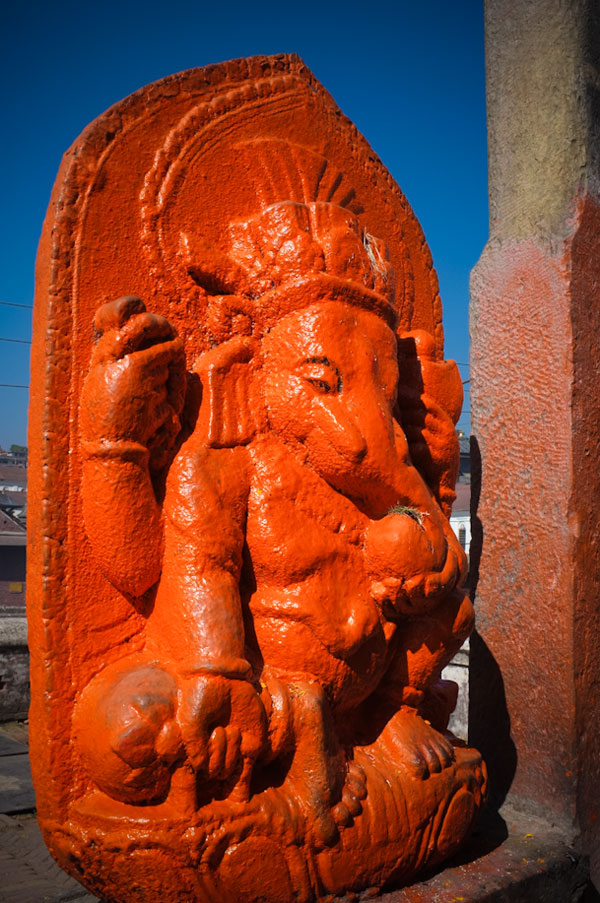
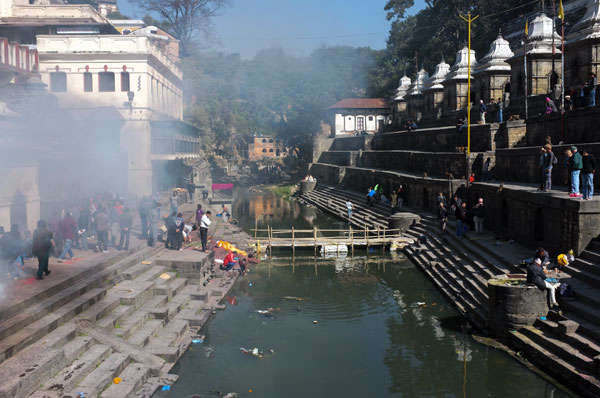
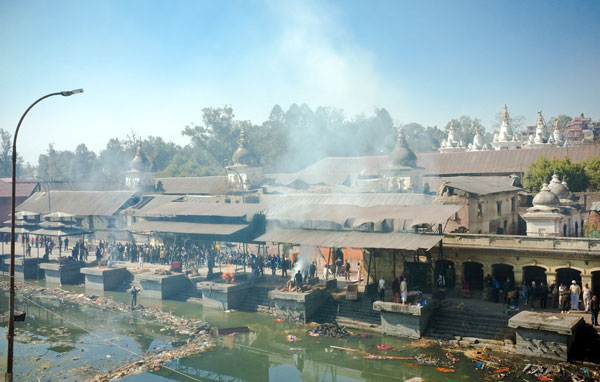
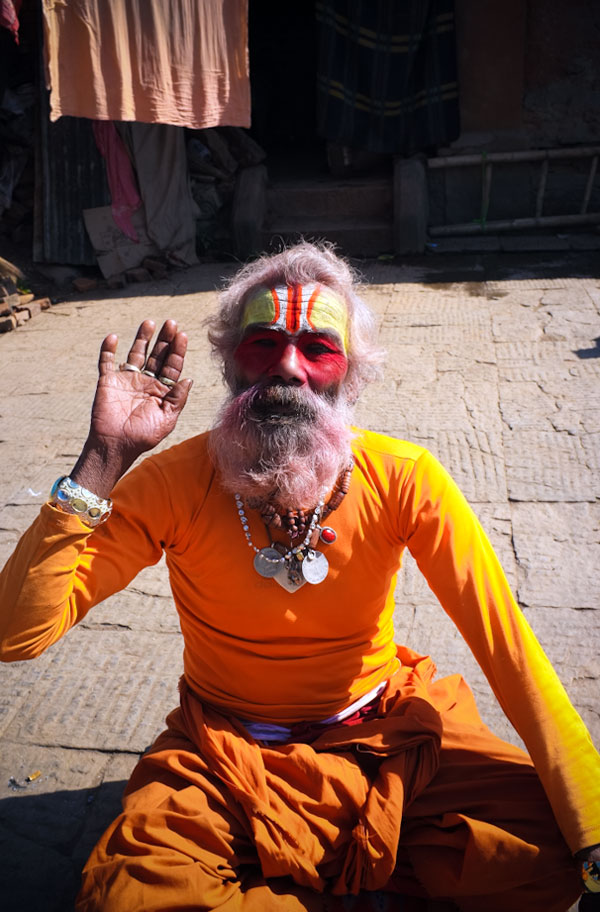
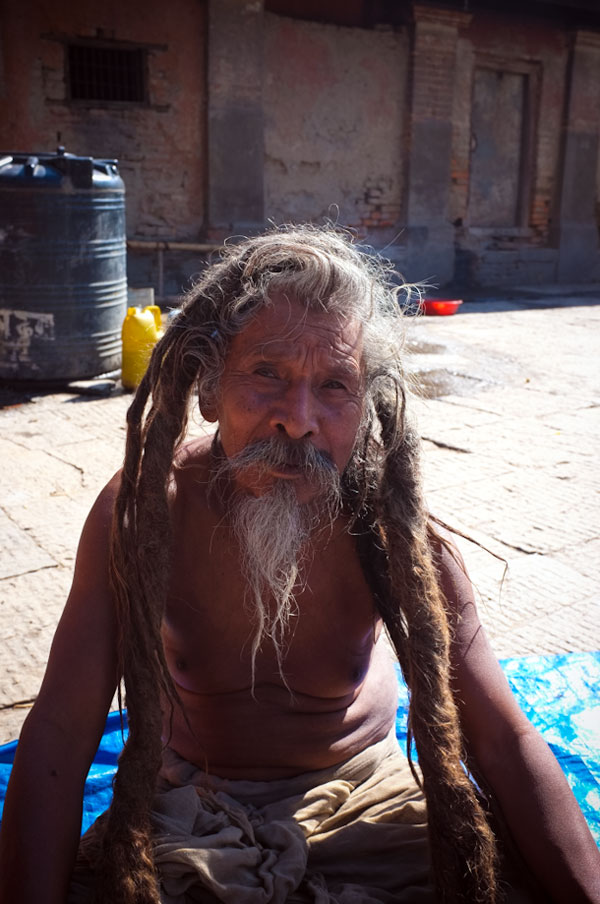
Non-Hindus are not allowed to enter the temple but I was able to catch tantalising glimpses of what was going on inside the temple. Walking around the area had kept me pretty occupied. Whenever I saw some unique faces, I couldn’t help but to capture a few of their photos. I did give some money as they kind of expected that.
5. Boudhanath (Boudha)
Boudhanath – if not the best but my favourite amongst all the above places. There is no where like Boudhanath where the great stupa stands. Surrounded by hills, Boudhanath stupa is a jewel point and one of the most important place of pilgrimage for the Buddhist.
In the past, when the trade routes to central and western Tibet were fully open, traders, pilgrims and travellers sought blessing at the stupa for safe passage over the mountain passes and gave thanksgiving to it upon arrival in the Kathmandu Valley.
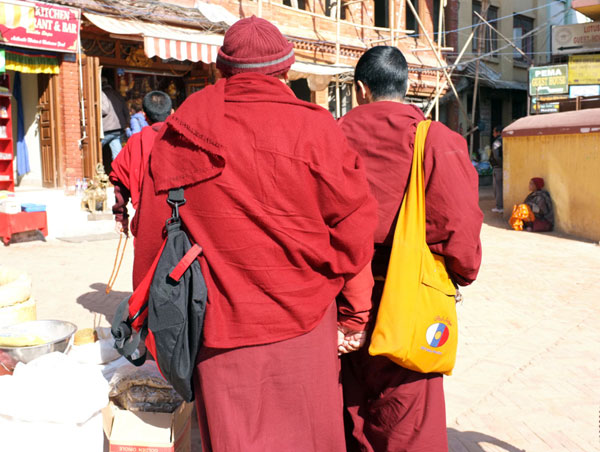
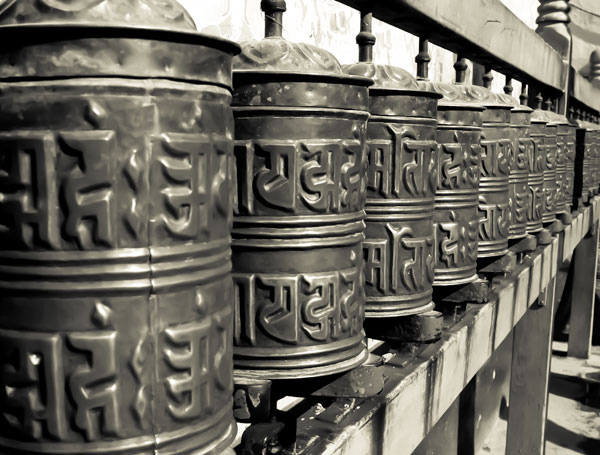
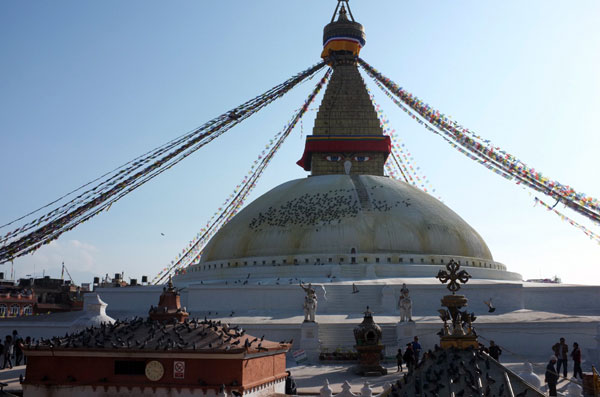
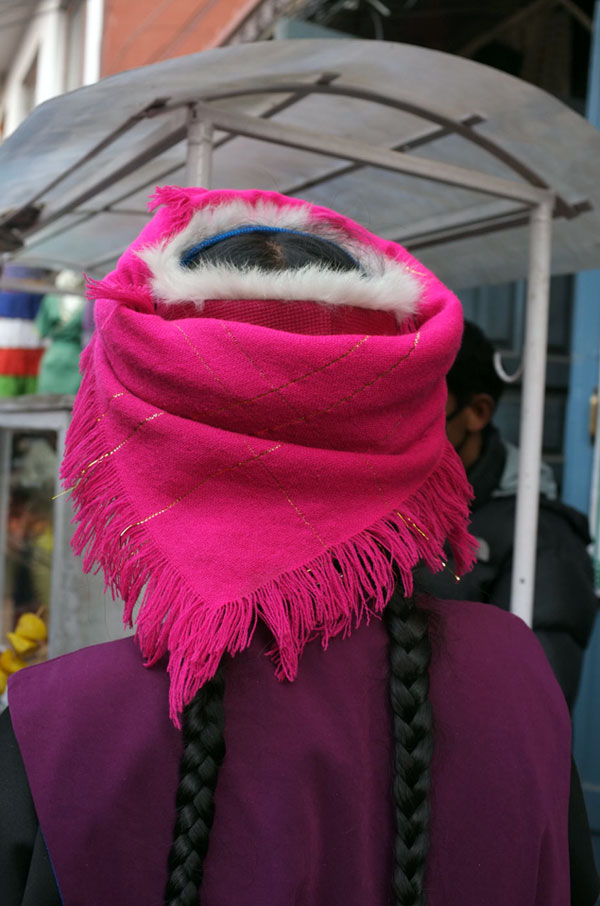
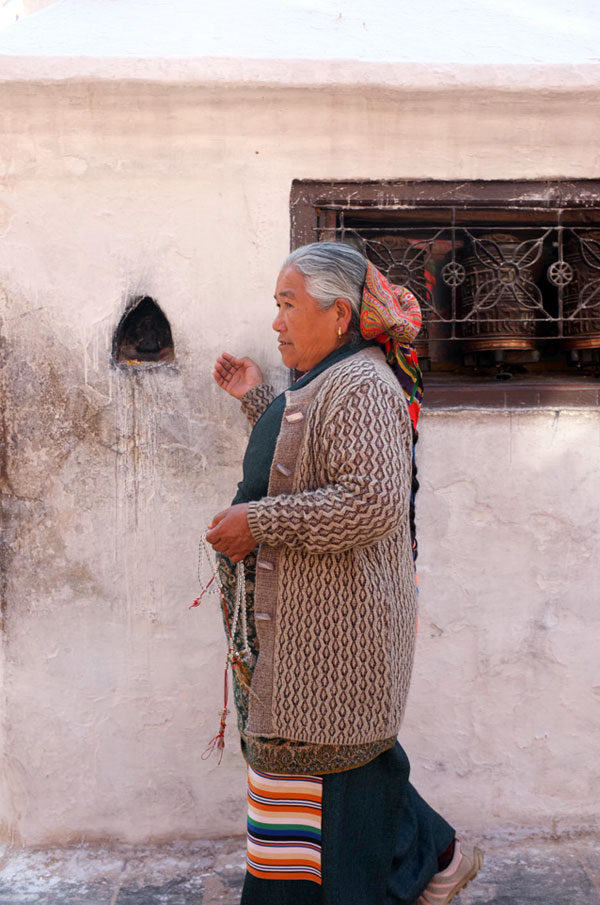
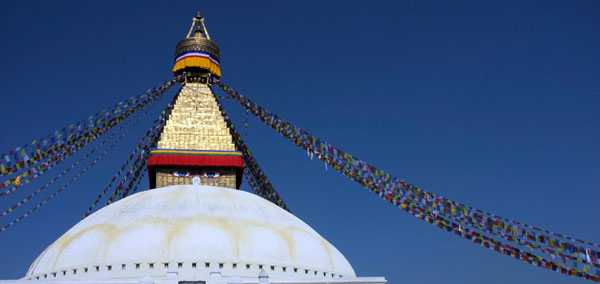
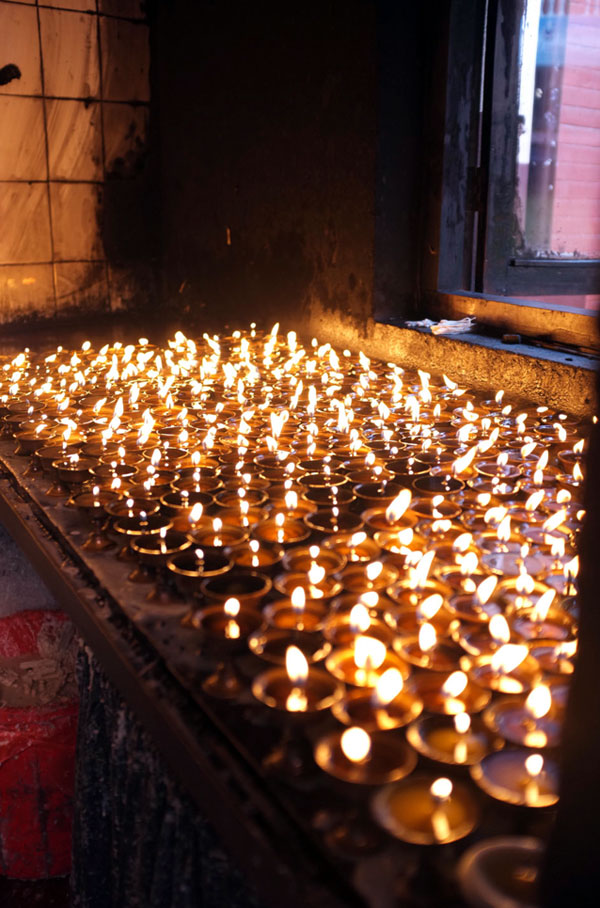
This place is one of the few places in the world where Tibetan Buddhist culture is accessible and unfettered. Today, most of the Tibetans living in the village of Boudhanath are refugees who fled China after 1959. Many of the monasteries around the stupa have opened their doors to foreign students.
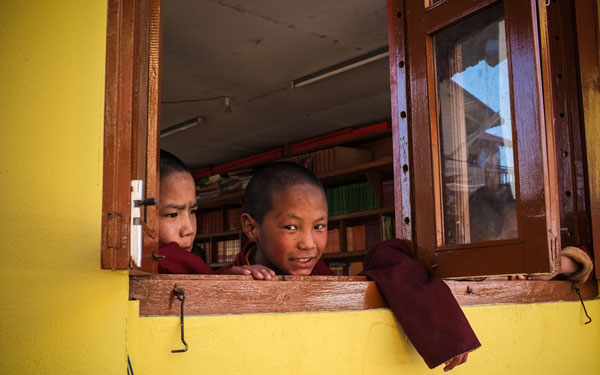
We took our time wandering around the area and went to one of the monasteries and saw some little monks in their classrooms.
As we walked a bit further to a Tibetan village, a sign caught my attention, ‘noodle factory’. It didn’t take me long to think to go in. It was definitely a great idea to have gone in – it’s a small restaurant and also a place where fresh noodles are made! Without question, I bought 1kg of thin and thick dried noodles and they were really really good!
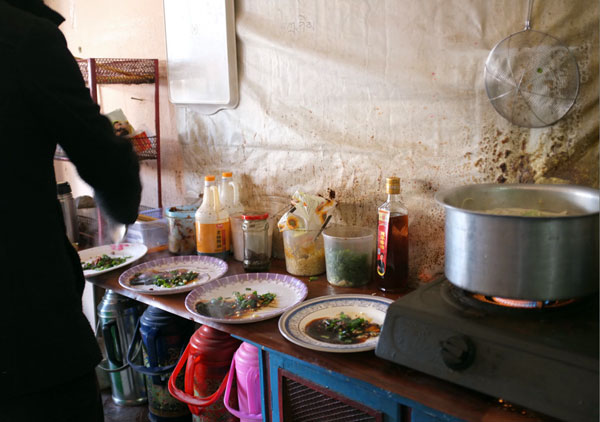
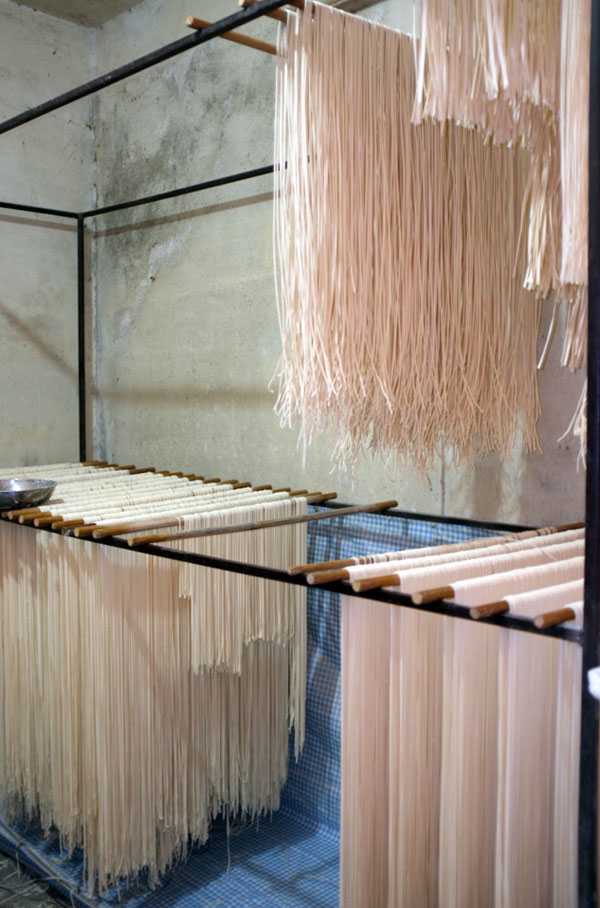
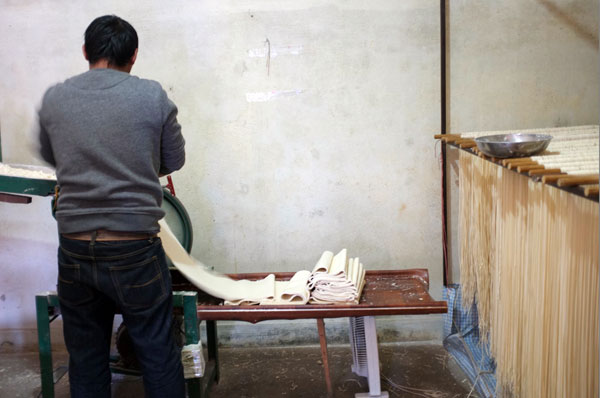
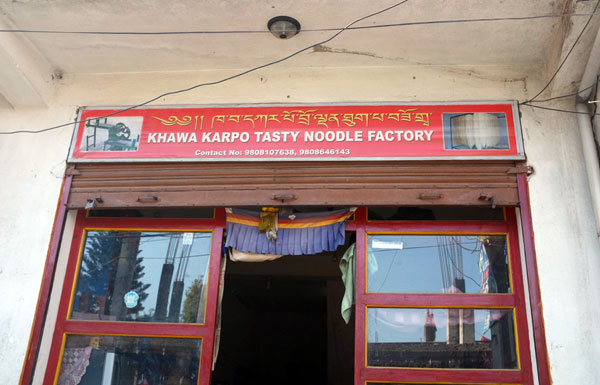
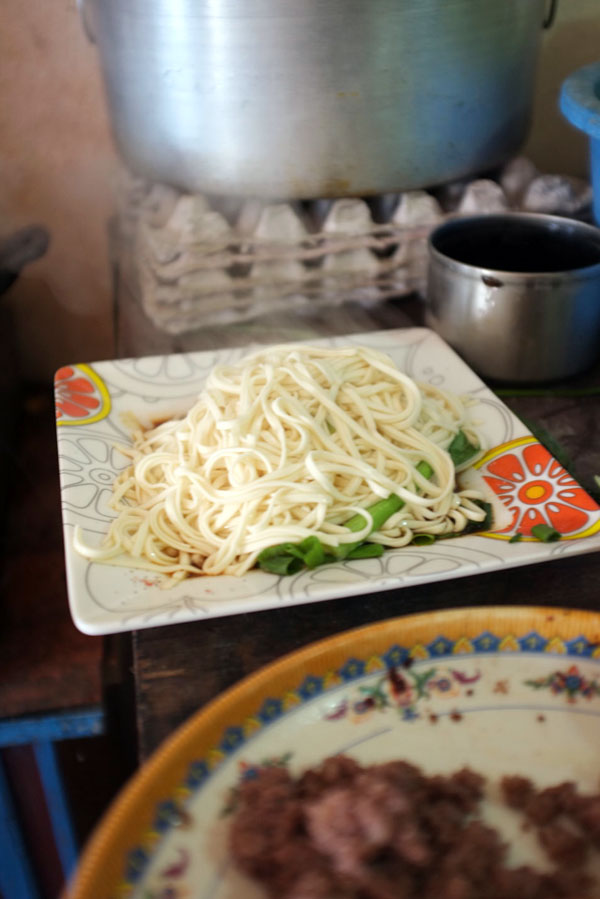
Boudhanath stupa is a symbol of Nepal, a tribute to its rich spirituality and culture symbolising a remnant of the past and a stepping-stone towards a better future.
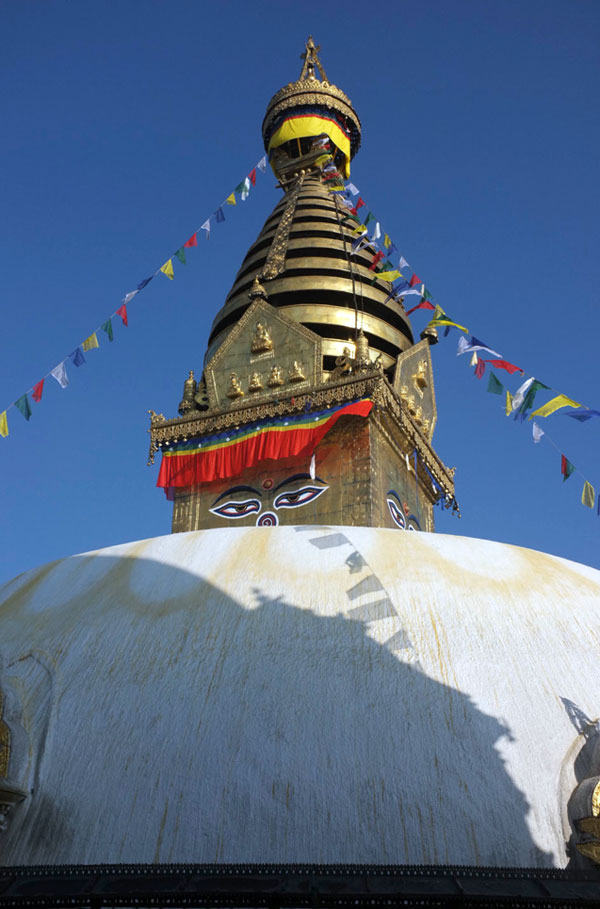


A place of beauty! Katmandu is so interesting. I love those mountains (Himalayas).
Cheers,
Rosa
Incredible photos and journey!! We hope to visit Kathmandu someday. Thanks for sharing, leemei 🙂
Thank you Kiran.
Beautiful pictures.I was there (nepal) also in nov.2011. Visit my website
Thank you so much for this amazing post! I was there in 1986 for 2 1/2 weeks and it was one of the best experiences of my life! The food was amazing and the people were so nice : )
Yes, one of the most amazing places I have ever been!